New work for the 2023 edition of Hypermaremma, the contemporary art festival spread across Maremma. In fact, at the Macchiatonda road in Capalbio comes Fontanile, an unprecedented site-specific work by Giuseppe Ducrot, one of the leading contemporary ceramists, created in collaboration with Terre di Sacra, which joins Felice Levini’s arrows installed in the Archaeological Park of Cosa. On the occasion of the fifth edition of the Festival, but with a multi-year planning and design project, Ducrot has created a grandiose ceramic Fontanile 15 meters long and 4 and a half meters high: the work is housed in the estate of Terre di Sacra, which was founded in 1922 and has been restoring and preserving for more than 100 years with the aim of protecting and honoring the Maremma territory, while also helping to establish the Lake Burano Oasis, the first WWF Nature Reserve in Italy.
For the realization of the Fontanile and the yellow color scheme that has now become the artist’s unmistakable signature, Ducrot relied on the iconic Bottega Gatti of Faenza, a world-renowned excellence in majolica that has stood out since 1928 for its assiduous search for innovative techniques and languages and a production rich in unique works. Despite the terrible flooding that struck Emilia-Romagna in May 2023, Bottega Gatti managed to finish the production of the ceramics destined for the Fontanile with admirable timeliness, postponing the creation of the work by just one week.
The work is the result of a study that Giuseppe Ducrot has been carrying out for years, in which he investigates technical and formal solutions that give shape to interventions characterized by chromatic contrasts in dialogue with the surrounding physical space. For the first time, in fact, the artist creates a monumental sculpture that does not depend on a relationship with the architectural context, but which “suffices for itself,” as he puts it, as an absolute work. Starting from the pre-existing structure of a 1930s trough originally intended for Maremma cows and recently renovated by Terre di Sacra, Ducrot reinterprets the forms to give life to an architecture in its own right inserted into the pristine landscape that surrounds it and that speaks to our European historical cultural background.
“The work that Giuseppe Ducrot designed for the fountain,” writes Massimo Mininni in the critical text, “is a contamination of styles and references to the ’classical,’ a term that mostly defines artists who refer to the Greek-Roman artistic culture, but in Ducrot’s case it takes on a completely different meaning. In fact, the reference to the classical, for the artist, defines one of the main constants of his art and poetic research, capable of embarking on journeys into the past that retrace, analyze and study the different artistic currents in multiple historical periods. The artist considers their forms, modeling, details and expressive particularities, and then re-proposes them in a completely new and innovative physiognomy that, while keeping alive the relationship with the sources, highlights a strong, penetrating and engaging experimentation. In this case, for the fountain, the artist sees and studies the eighteenth century, in particular the sculptural decorations that adorn fountains in the noble estates of Lazio, a territory bordering the Maremma, at the time a marshy land of malaria. The grandiose sculptural group that Ducrot elaborates has traits of delicacy, grace and luminosity; the aedicules, angular volutes, ornaments, tympanum crownings, pilasters, spandrels and large vases are sculptures rich in contamination and suggestion. Motifs with sinuous lines, with a juxtaposition of widening and narrowing of visual fields: that is, a profusion of stylistic details, and a whole range of techniques used to amaze the viewer. His are forms shaped with elusive strokes and confident gestures. Signs that create a dialogue of continuity with their surroundings. The underlying objective of this work is the objective recording of the light that strikes the molded, returning to us an accentuation of luminosity and its play of shadows that make us grasp the intimate essence of the molded matter, transformed into passion and energy. Ducrot delivers to us all the tension of which he is capable. Suggestions from antiquity create cross-references, enacting a strategy again characterized by dialogue, comparison and contamination between different periods of art history. Other very important elements for Giuseppe Ducrot are, after all, manual tradition and the plastic interaction that matter releases. His is a manual skill that manages to combine sensory and conceptualism in an exemplary way, establishing a dialogue with contemporaneity. Finally, the design of the fountain is an evocative narrative of art as a tool capable of evoking and recognizing inner worlds dominated by the imagination and placed in an environment that is already magical in itself.”
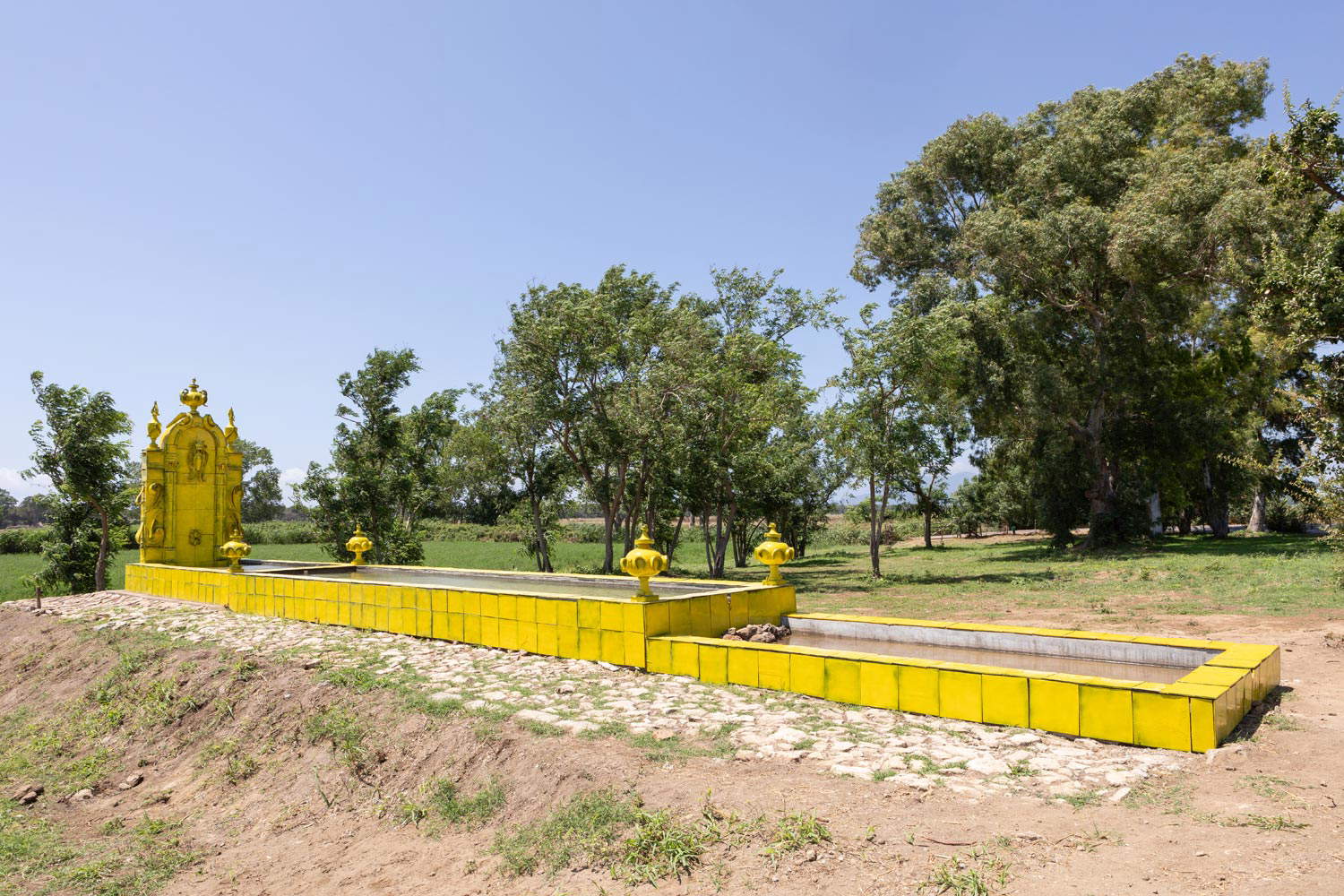
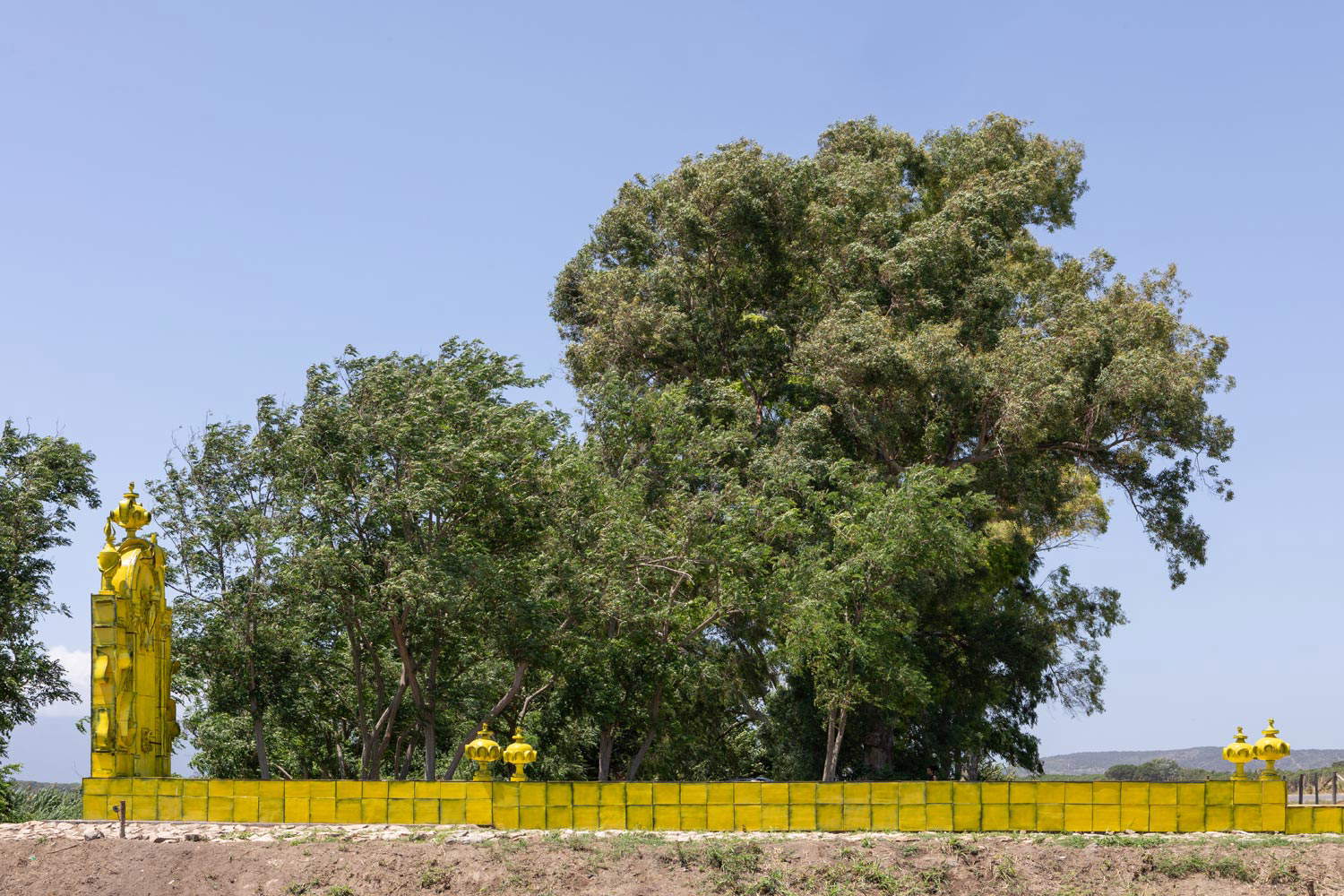
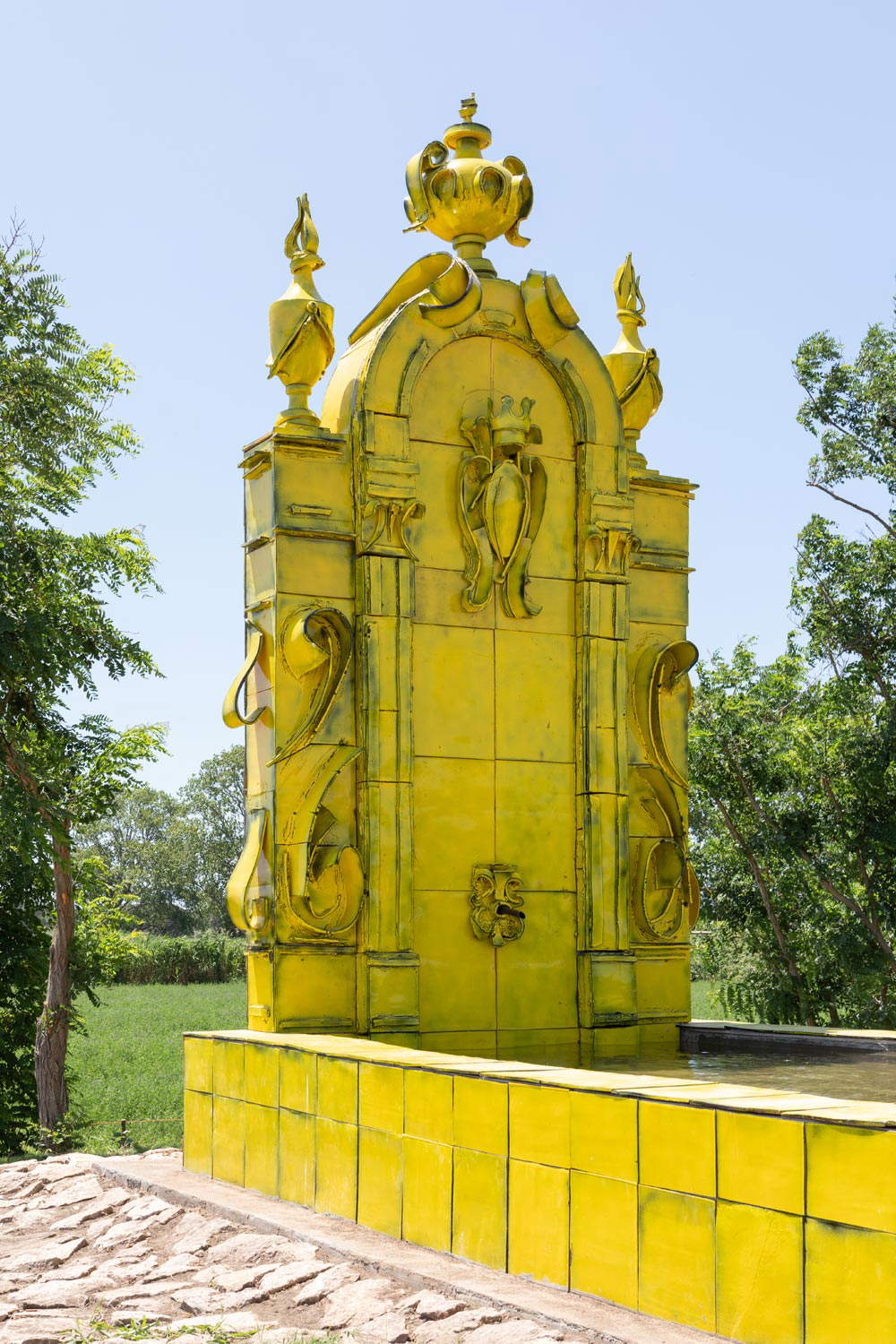
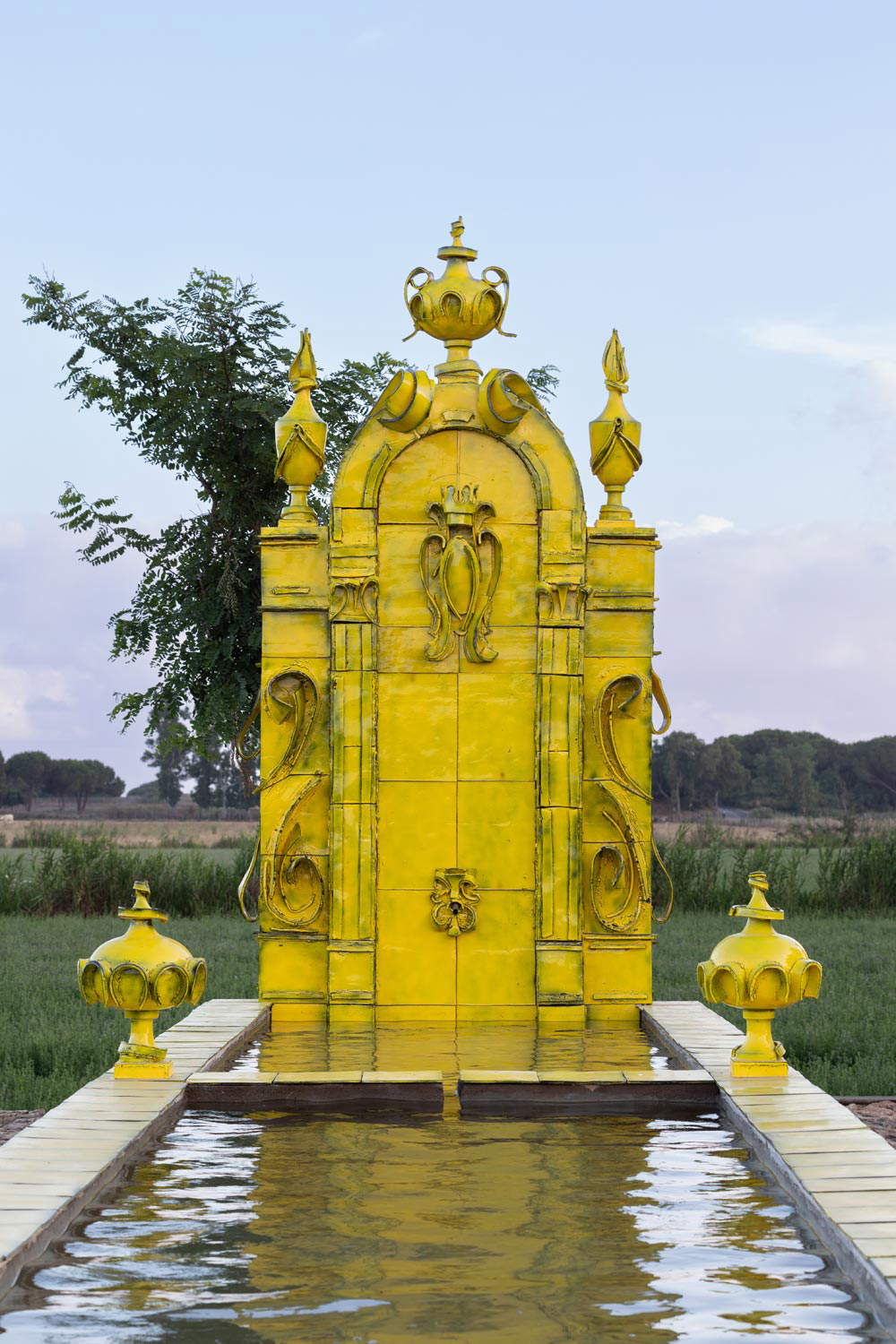
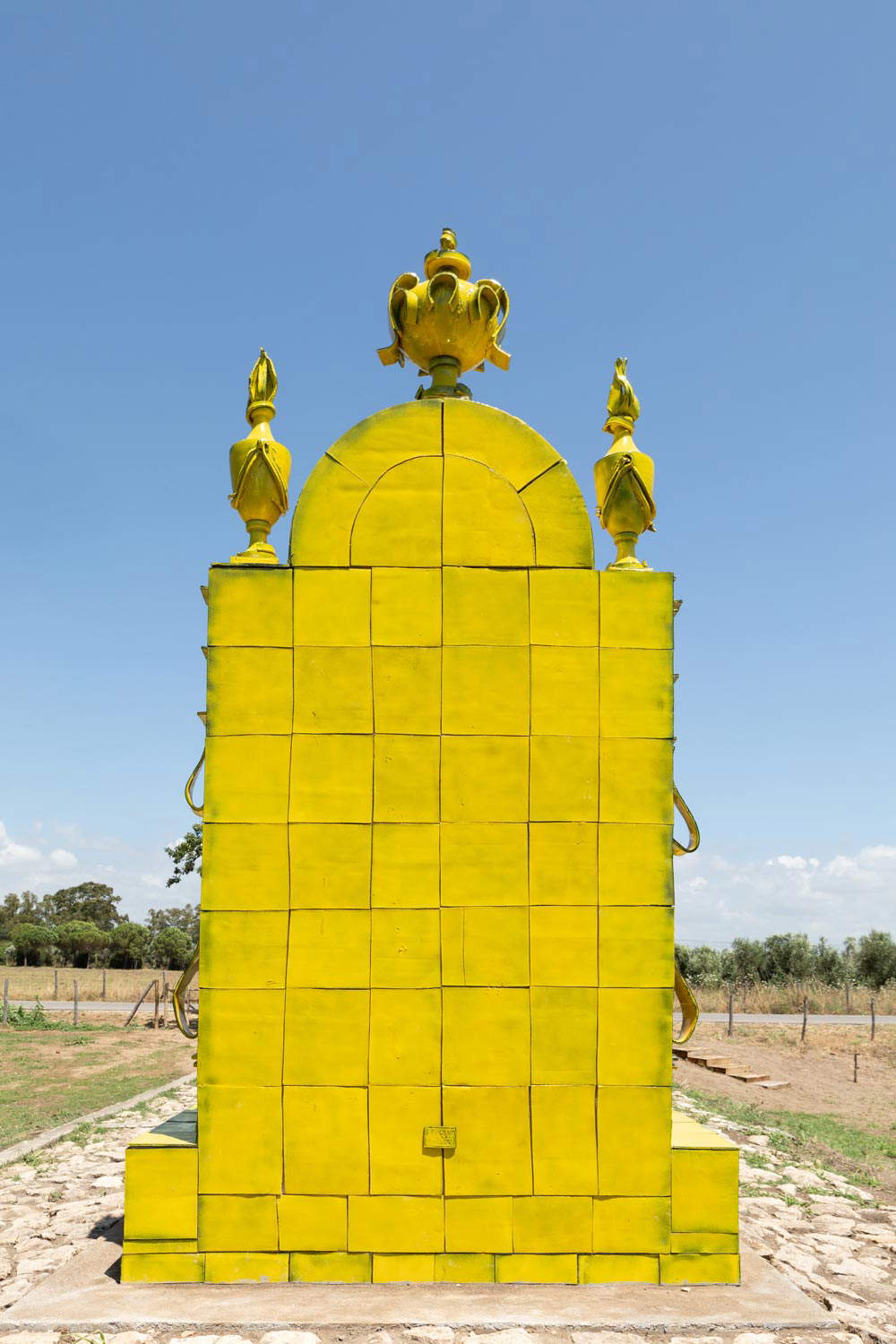
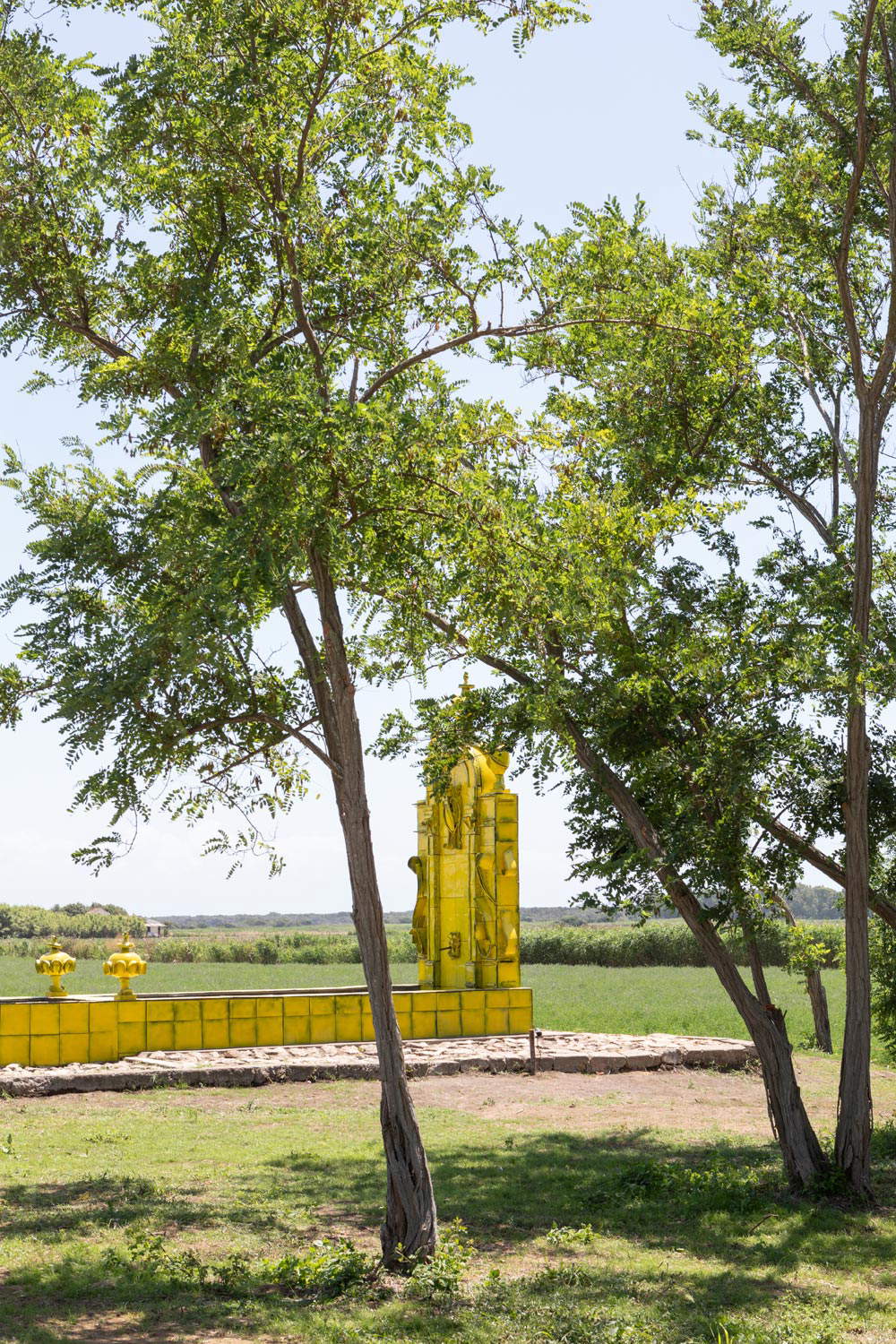
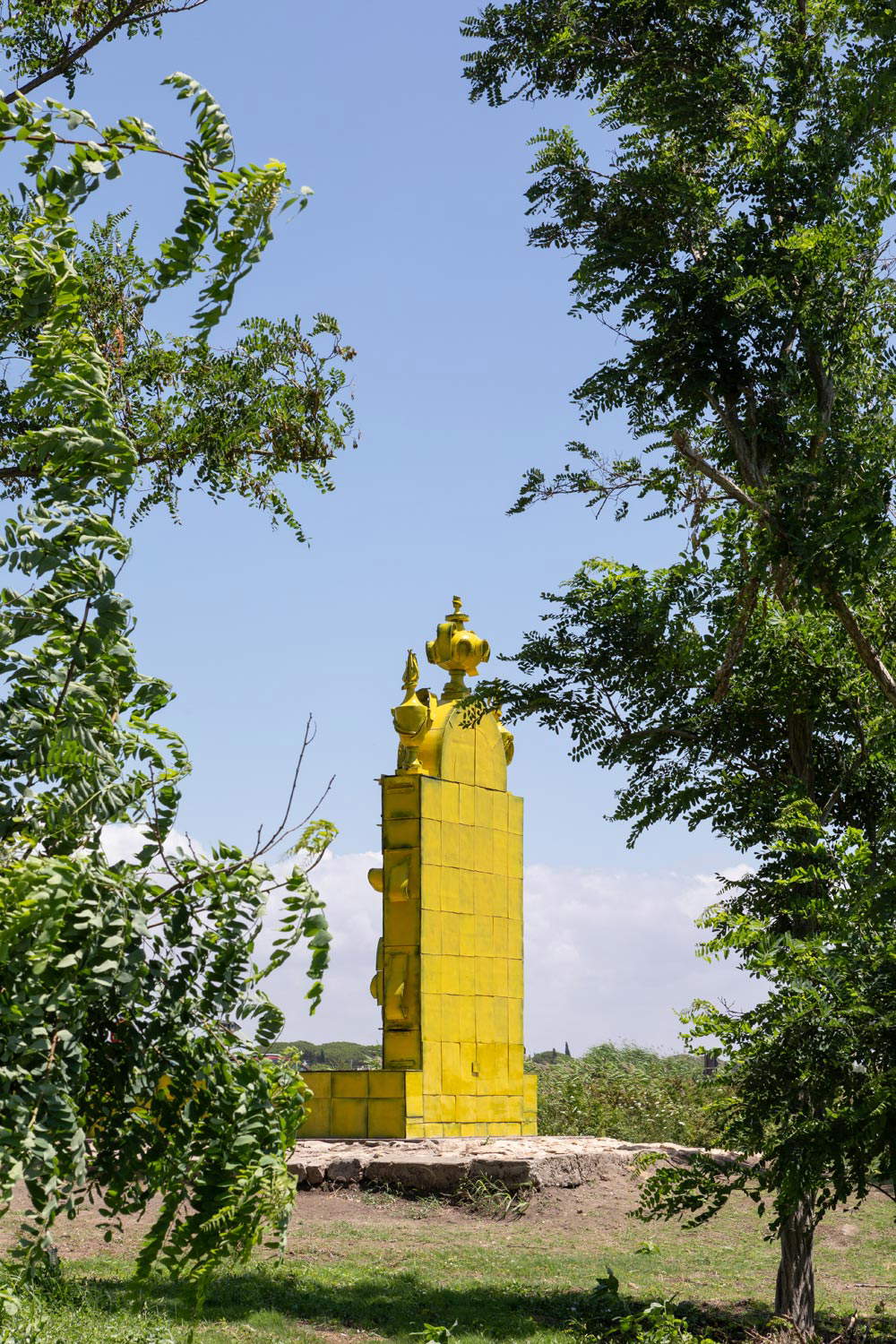
Giuseppe Ducrot (Rome, 1966) after a period at Giovanni Colacicchi’s studio, in the 1990s he attended Vito Cipolla’s studio where he came into contact with sculpture, a medium of expression that he would later explore with multiple techniques. Ducrot’s synthesis of culture, conceptualism and provocation culminated in the 1996 bust of the young Marcus Aurelius for the facade of the Borghese Museum and the Erma di Ninfa for Piazza Capo di Ferro, Rome. Two years later he made two cornucopias and a Bacchic vase for the grand staircase of the Borghese Museum, and in 1999 he undertook his first private religious commission: a bronze bust-reliquary of St. Philip Neri for the Roman Basilica of San Giovanni Battista dei Fiorentini. For the Jubilee of 2000, Ducrot initiated a project for the Norcia Cathedral and a series of pastels for Marco Tullio Giordana’s film “The Hundred Steps.” Ducrot’s artistic journey took a turn in 2003, with the commission from the City of Cassino for the monument to St. Benedict. In 2005 he was commissioned a statue of St. John the Baptist for the Basilica of Santa Maria degli Angeli in Rome; in 2006 he made a commemorative bust of Ettore Majorana; and in 2009 he received a commission for a marble statue of St. Hannibal Maria Di Francia for St. Peter’s Basilica in the Vatican. Ducrot joins other protagonists of the contemporary Italian art scene in the restoration of Noto Cathedral, a prelude to participation in the fifty-fourth Venice Biennale. In 2013 Pope Benedict XVI named Ducrot an academician of the Pontifical Academy of Fine Arts and Letters of the Virtuosi at the Pantheon. In 2015 he made a solo exhibition “Giuseppe Ducrot Scultore” at Macro Testaccio, Rome, curated by Achille Bonito Oliva; in the same year he made a ceramic fountain for Hotel Le Sirenuse, Positano; in 2022 architectural motifs and exterior ceramic decorations, for the Vermelho-Melides Hotel, Portugal, as well as a marble portrait of Luigi Rovati for the Rovati Foundation in Milan.
 |
| A huge yellow ceramic fountain: the work of Giuseppe Ducrot in Maremma |
Warning: the translation into English of the original Italian article was created using automatic tools. We undertake to review all articles, but we do not guarantee the total absence of inaccuracies in the translation due to the program. You can find the original by clicking on the ITA button. If you find any mistake,please contact us.